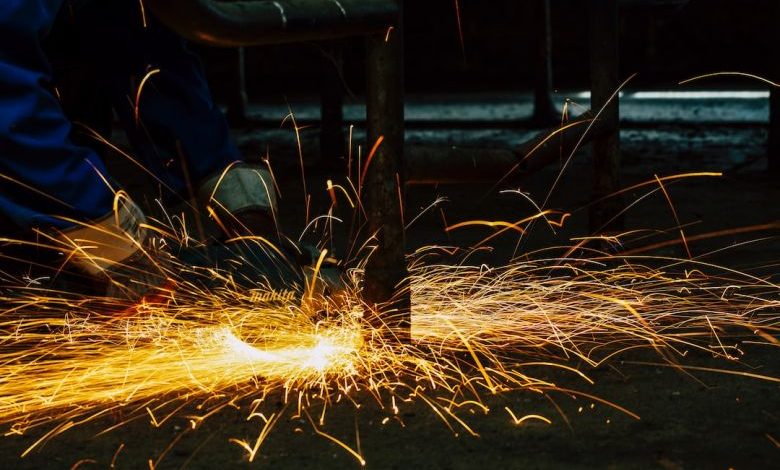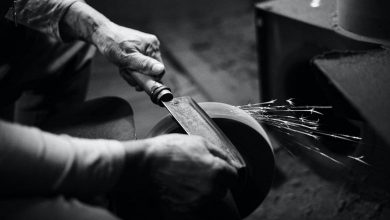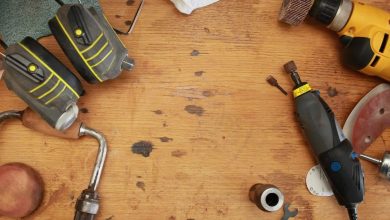All You Need to Know about Bench Vices

A bench vice is an essential tool in any workshop or garage. It is a versatile device that can securely hold objects in place while you work on them. Whether you are a professional or a DIY enthusiast, a bench vice is a must-have for various tasks. In this article, we will explore everything you need to know about bench vices, from their types and features to their uses and maintenance.
Types of Bench Vices
There are several types of bench vices available in the market, each designed for specific purposes. Here are some common types:
1. Woodworking Vice: This type of vice is designed specifically for woodworking projects. It features wide jaws with wooden or plastic faces to prevent damage to delicate workpieces.
2. Engineer’s Vice: Engineer’s vices are heavy-duty vices commonly used in metalworking. They have sturdy jaws with serrated faces that provide a strong grip on metal objects.
3. Pipe Vice: As the name suggests, pipe vices are used for holding pipes and tubes securely. They have V-shaped jaws that grip the pipe tightly without causing any damage.
Features to Consider
When choosing a bench vice, there are a few key features to consider:
1. Jaw Width: The jaw width determines the maximum size of objects that the vice can hold. Consider the type of work you will be doing and choose a jaw width accordingly.
2. Jaw Opening: The jaw opening refers to the maximum distance between the jaws when fully open. Ensure that the vice can accommodate the size of objects you will be working on.
3. Swivel Base: Some bench vices come with a swivel base that allows you to rotate the vice for better accessibility. This feature can be handy when working on larger or longer objects.
Uses of Bench Vices
A bench vice has a wide range of uses across various industries. Here are some common applications:
1. Holding Workpieces: The primary use of a bench vice is to hold workpieces securely while you work on them. This could include sawing, drilling, filing, or any other task that requires stability.
2. Metalworking: Bench vices are extensively used in metalworking processes such as cutting, shaping, and welding. They provide a stable platform for precise and accurate work.
3. Woodworking: From carving to sanding, a bench vice is indispensable for woodworking projects. It allows you to hold the workpiece firmly, ensuring safety and precision.
Maintenance Tips
To ensure the longevity and optimal performance of your bench vice, here are some maintenance tips to keep in mind:
1. Lubrication: Regularly lubricate the moving parts of the vice to prevent rust and ensure smooth operation. Use a good-quality lubricant specifically designed for vices.
2. Cleaning: Remove any dust, debris, or metal shavings from the vice regularly to prevent them from interfering with its functionality. Use a brush or compressed air to clean the surfaces.
3. Storage: When not in use, store the bench vice in a dry and clean environment. Avoid exposing it to extreme temperatures or moisture, as this can damage the vice over time.
In conclusion,
Bench vices are an indispensable tool for any workshop or garage. They provide stability and security while working on various projects, be it woodworking or metalworking. By understanding the different types and features of bench vices, you can choose the right one for your specific needs. Remember to maintain your bench vice regularly to ensure its longevity and optimal performance. With a bench vice by your side, you can tackle any project with confidence and precision.




